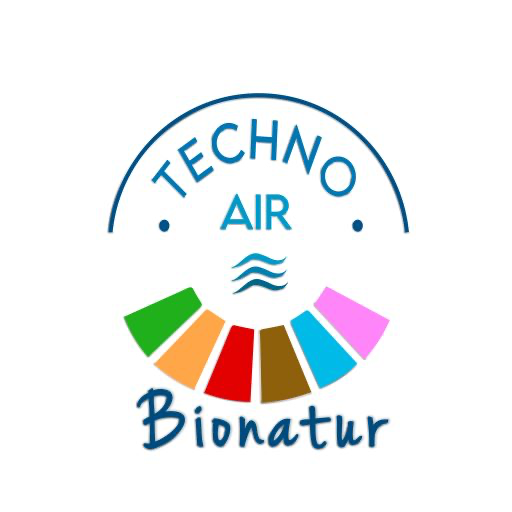HF
Hydrogen fluoride is a highly toxic chemical compound formed by hydrogen and fluorine. It has an impact on the environment and is associated with coal-fired power plants, aluminium smelting, phosphorus-based fertiliser manufacture and the ceramics industry.
What is HF?
Hydrogen fluoride (HF) is a colourless gas made up of a hydrogen atom and a fluorine atom. Hydrogen fluoride easily dissolves in water forming hydrofluoric acid.
Hydrofluoric acid is highly corrosive, so much so that it even dissolves glass and therefore it is used in several engraving methods, such as marking divisions for thermometers and designs on glass and ceramics.
Hydrogen fluoride is used to manufacture certain chemical compounds. Other fluoride compounds are used to manufacture steel, chemical substances, lubricants, colourants, plastics and pesticides.
One of the sectors with most problems in HF formation is the ceramic industry. Fluorine is present in many clayey minerals and is released in the form of HF during the ceramic cooking process in tunnel ovens, causing not only a serious environmental problem, but also corrosion in the facilities.
How can HF affect us?
From an environment point of view and for the health of people and animals, hydrogen fluoride is a very hazardous gas. Inhalation of hydrogen fluoride causes irritation to the eyes, nose and skin. Inhaling a great deal of HF can also cause damage to the lungs and heart. In the form of hydrofluoric acid, the damage can be major. Contact with the skin and eyes can cause deep, painful burns, even tissue loss.
From an industrial point of view, corrosion caused by HF produces significant maintenance problems in facilities. As a result of this corrosion it makes it impossible to use the exhaust gases from the ovens as heat sources, with the resulting negative financial impact.

 English
English  Español
Español  Français
Français  Português
Português 